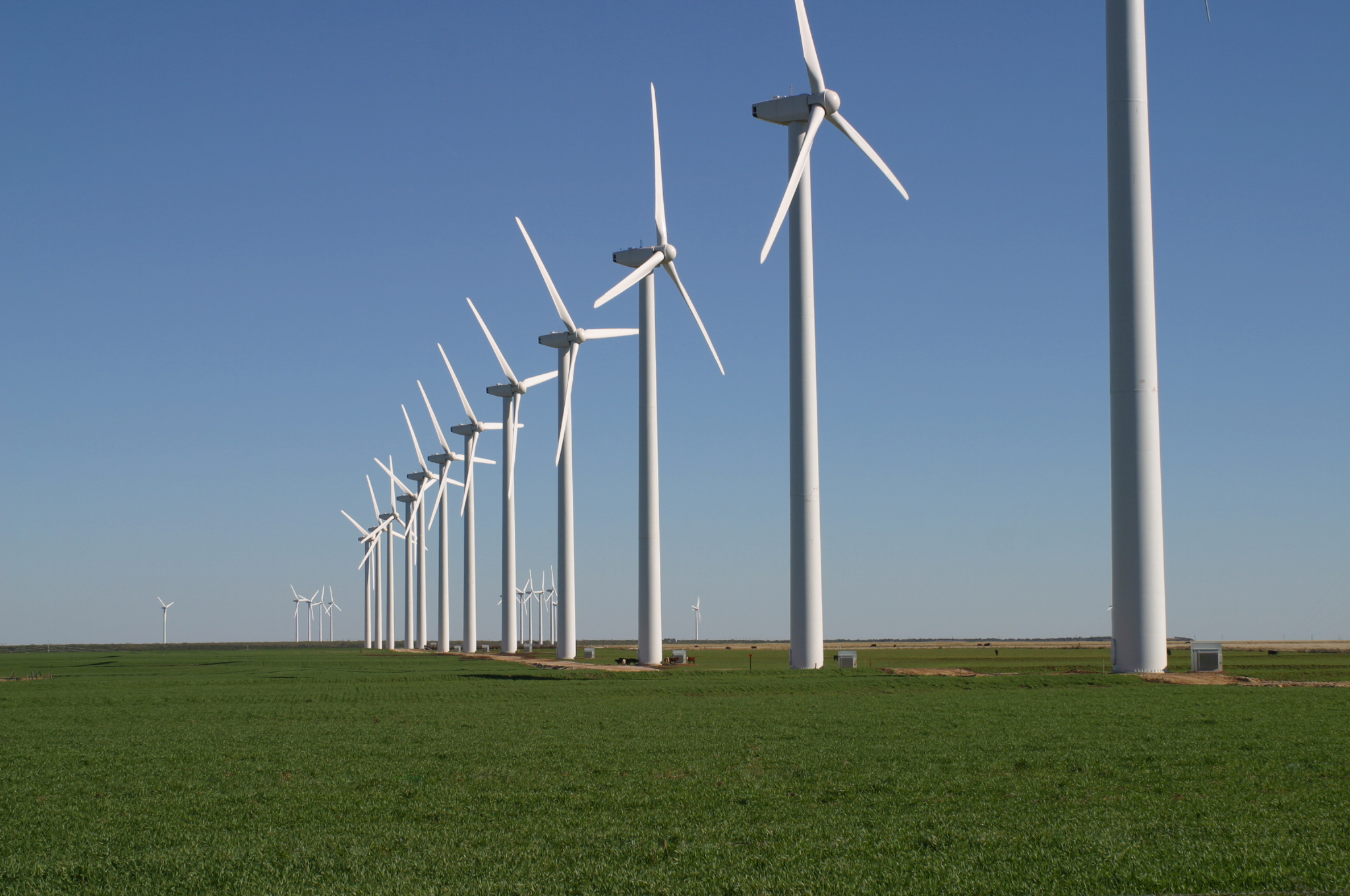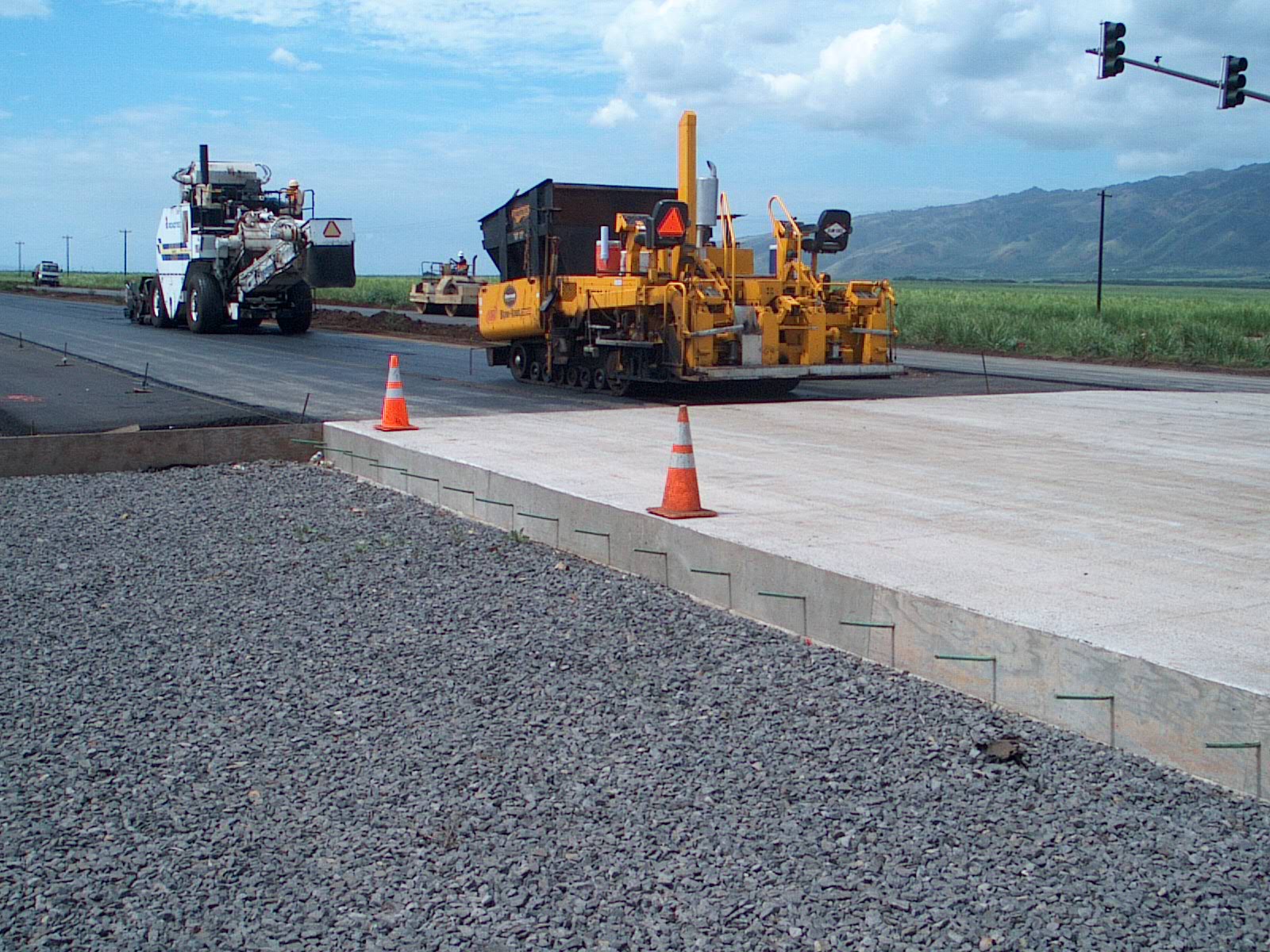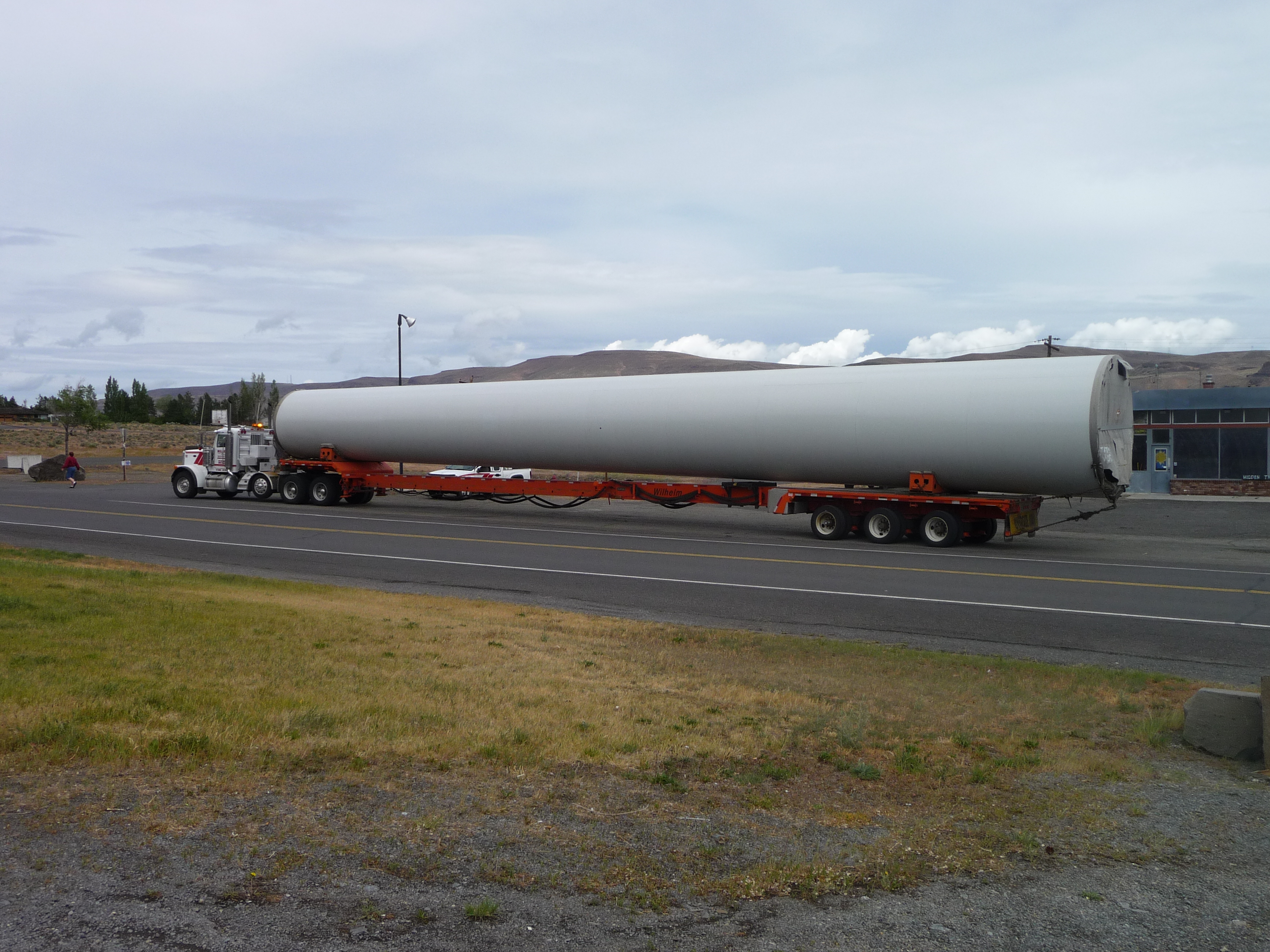As our industries and the economy become increasingly advanced, there’s a constant need for more energy to fuel this activity. People will go literally anywhere to find it, and the search for cheaper or greener energy has prompted many innovative approaches.
What does that have to do with roads, you might ask? Well, sometimes this leads to extraordinary efforts, and some of those can have a pretty significant impact, including on roads. If a wind farm is built to take advantage of heavy winds, will that also place heavy loads on the roadways in the area? Will hydraulic fracturing to release natural gas from rocks (commonly known as fracking) also cause pavement fracturing because of the weight of the equipment? In this edition of the RoadReady newsletter, we’ll look at some of the issues involved when roads are subjected to unusually heavy loads.
Large Energy Project Impacts

Whether it’s fracking, solar or wind power, or even traditional energy projects like oil and gas, developing new energy sources and facilities usually involves an extensive, highly concentrated effort. As a result, large projects may place tremendous demands on the roadway system. For example, a wind farm project can require hauling the following materials, components, and construction equipment:
- Large quantities of gravel, concrete, and rebar
- Large tower sections
- Nacelles (the sections that house the generator)
- Turbine blades and hubs
- Cranes for use in constructing the turbines
Other types of projects often have similar needs for heavy machinery and materials that will be transported to and from the site.
Loads
The pavement loads created by transporting all of this equipment to the project site will likely be substantially greater than the loads generated by other traffic. Especially for rural roads, where many of these activities are currently taking place, these loads can massively exceed the levels the roadway structure was designed for.

The best approach for handling these issues is to evaluate all of the impacts related to the project at the outset. Based on the plans for the project, determine the number and size of all construction loads required. This information can be used to calculate the total Equivalent Single Axle Loads (ESALs) and project the amount of damage they will cause. A road survey should be included as a condition of the project, to assess the current state of the roads and establish a baseline condition to which they should be restored.
To help with this evaluation, you may want to assemble all of the information related to the project impact on roadways in one place. In Minnesota, the Local Road Research Board has put together a tool in the form of an Excel spreadsheet that can calculate the impacts based on information supplied by the developer and the agency. The tool (which is included in the links at the end of this newsletter) was designed for a wind farm project scenario, but could also be adapted for other projects that generate heavy traffic loads.
Other Roadway Features
Although they are heavy, wind turbines also create other issues aside from pavement damage. In fact, as long as a sufficient number of axles are used, hauling a turbine blade may cause less damage than the dump trucks hauling gravel and concrete for the tower base, because the load is dispersed across the axles. However, intersections will have to be widened to accommodate the large turning radius required to maneuver the blade. Signage may need to be relocated temporarily, in addition to any other signage changes required in conjunction with the project. Bridges and other structures are another area where special attention to project impacts will be required.

Considerations Beyond Loads
There are other considerations to moving these super heavy loads besides the damage from the loads themselves, In particular, dust control can be another major concern for energy development projects, particularly when some of the hauling takes place across gravel roads. Dust caused by construction traffic or earth-moving activities can be severe enough to create safety issues on the roadway due to poor visibility. In addition, excessive dust can cause a variety of environmental and health problems, from respiratory problems to stream pollution. Application of water or EPA-approved chemical dust suppressants should be considered for unpaved roads and areas disturbed by construction.
In many cases, energy projects in rural areas overlap or share space with agricultural land use. This has significant implications for the management of roadway impacts as well. For example, farmers have been known to complain that dust from construction activity is interfering with the photosynthesis process in their crops. Pavement damage from project activity also has the potential to disrupt irrigation and drainage systems that may pass underneath or adjacent to the roadway. Mitigation strategies for any anticipated adverse effects should be considered.
Planning Ahead
To ensure that these projects go smoothly, agencies and project developers should work together to address the roadway impacts. Examples of tools that can help with this include permits, traffic plans, and impact fees to pay for road maintenance needs. At a minimum, you want to be able to fix anything that gets broken, but ideally a proactive approach would involve taking care of road upgrades prior to construction. Good communication between the agency and the developer is also essential to tackling concerns as they arise. Having road agreements as part of the development process for energy projects can help address many of these issues.
The change in pavement loads caused by a large energy project can be dramatic and ramp up fairly quickly. This situation presents an unusual challenge compared to other roads, where loads typically increase more gradually due to traffic patterns and other social factors. The key to dealing with it is being aware of the different impacts, calculating the magnitude of the loads, and figuring out how to address the consequences.


the excel tool link shown at the end of the article cannot be accessed. Whenever I click it, the window just returns to its original page..
i have opened the excel file. thanks a lot. This article is really an eye opener for planners of future development projects which indeed has a great impact on the condition of the roads near the project site..
With thanks! Valuable information!